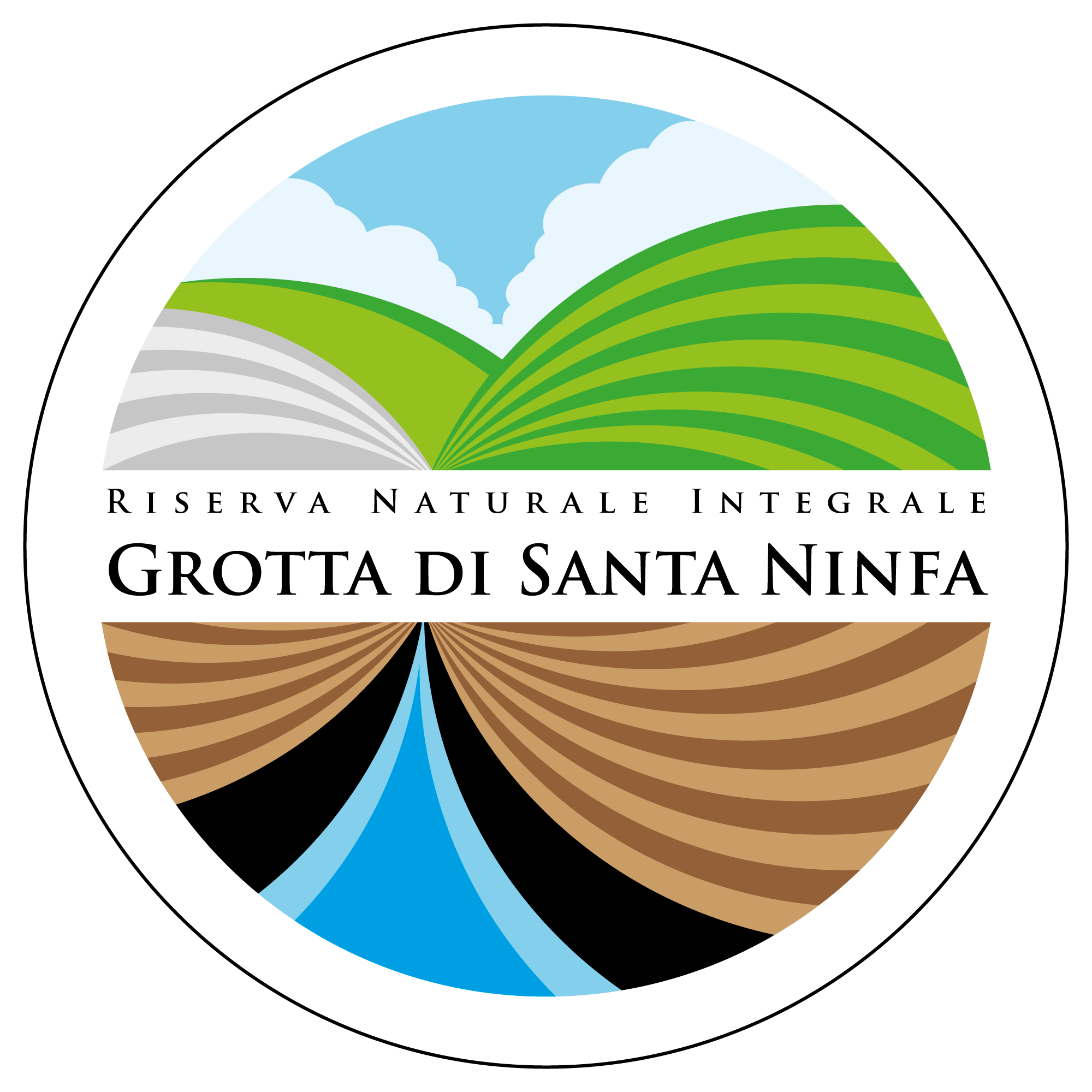
GYPSUM’S USES. La Issària e lu Issàloru
‘’lu issàloru’’ worked in the ‘’issàrie’’ (gypsum’s factory): he extracted gypsum from caves, he backed it and carried it until the city with donkeys, mule, horses and cart. It was a common profession until 50s in southern centre Sicily.
Gypsum was extracted in big blocks that were used for houses’ construction, or in pieces with different size that were backing in ‘’carcàre’’ (oven made of dry-stone) to provide powdered gypsum.
‘’Pietre i gessu, massaru… e facciamo un tempio!’’
‘’Si tuttu rattatu comu lu sceccu di lu issaru’’ (You are scratched like the quarryman’s donkey)
‘’Pari chi muriu lu sceccu di lu issaru!!’’ (It seems like the quarryman’s donkey is dead). This phrases meanings that something special is just happened: in fact, the donkey was considered an immortal animal for his enormous labours.
In Santa Ninfa’s area are found about three ‘’issàrie’’. Other ‘’issàrie’’ were in Vita, Salemi, Gibellina, Salaparuta, Poggioreale; in Castelvetrano there are five ovens in via P. Luna these from the town reach the gypsum’s area.
Cola lu issàloru and his daughters’ Issària. Memories and testimony of the family.
The Gypsum cave in contrada Issi, in Santa Ninfa, belongs to Augello family, for over 150 years. The activity was started by the great- grandfather Augello Nicolò in 1850 approximately and it is over in 1960. In the cave worked the entire family: the grandfather Nicola, his wife Maria Montedoro, the eight daughters and the youngest soon.
- EXTRACTION: Grandfather Nicolò extracted the gypsum block by the explosion of black powder, that was insert in a specific hole with fuse and detonator. After the explosion grandfather and the daughters split the gypsum stones with a bat until they became like a melon. The stones were transported with a wheelbarrow towards a slide (sciddicaloru), through it the stones were put in the issària: here grandfather made the carcàra (furnaces)
- BACKING: was realized with gypsum stones, the carcàra take the form of an igloo, with hay and wood residues to power the fire. After two days of backing and two days of cooling, bake white gypsum was transferred in the ‘’mazziature’’ where was beaten by the daughters until it become powder ready for the sale.
- THE SALE: the unity for the sale was ‘’cofano’’ that was a wood container with handle (14 cofani amount to 250 kg). Grandmother and his sister provide to made packaging; grandfather register on the wall of issària how much gypsum he sales. To collect money grandfather and his daughters sunday morning went to the church to collect the established money.
- COMPETITION: along the Issi road there were other two issàrie, that belongs to Nicola Vuccavacante and Pietro D’Assisi that takes the gypsum from the same mountain. The grandfather was the second generation of issàlori but the others were inexperienced, and often the carcàra of others competitors fall down prematurely so their work was useless.
